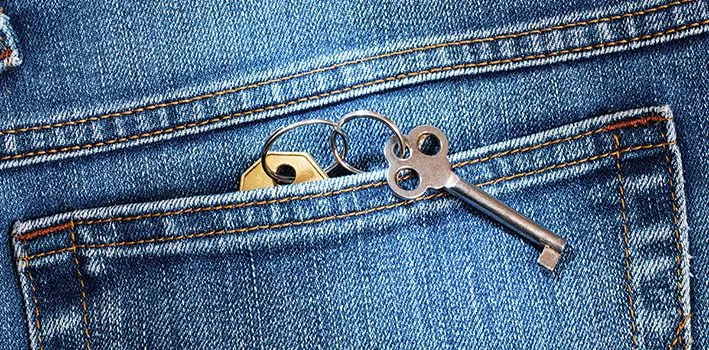The day to day fashion dilemma facing women on all corners of the globe begs an answer to the centuries old question: Why are women’s pockets so small?
In order to properly evaluate this controversy which is – quite literally – attached to half the population at the hip, one must analyze the history of the tiny compartment now found on garments of all shapes and sizes.
The original design for women’s pockets.
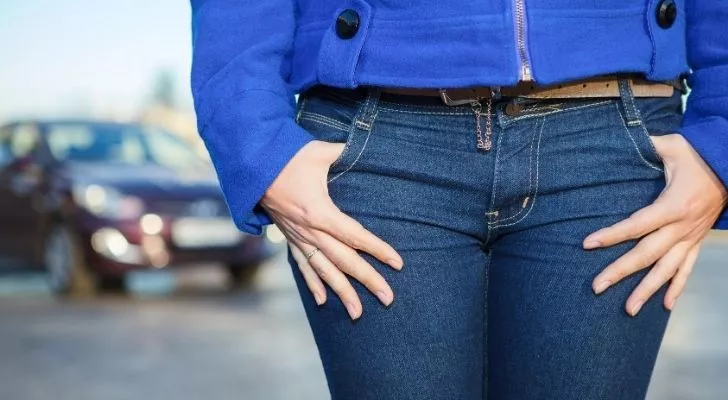
Pockets have not always been in the exact form we now associate them with.
Specifically, women’s pockets were not always attached as they were actually a separate piece that could be worn with different outfits interchangeably.
In the 17th to late 19th Century pockets were often worn under a women’s skirt and above their under-petticoat.
Women were able to access these separate pockets found between their layers by openings in the side seams of their petticoats.
On the other hand, men’s pockets were sewn into each of their garment pieces similar to our items of clothing in the modern day.
What were pockets used for?
Similar to today where we stash our valuables into the pockets of our jeans, pockets of the time were a place for their owners to keep their small personal items such as money, knives, keys, snacks, or thimbles.
Even women’s pockets had similar storage space within them comparative to a modern handbag.
Pockets and thieves.
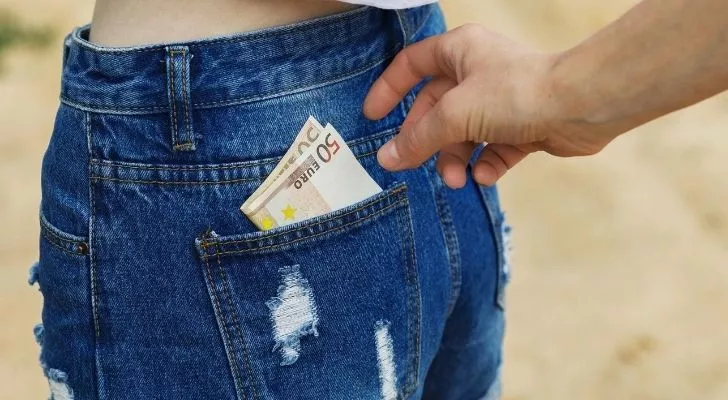
The term “pickpocket” came about when thieves would slash the strings attaching women’s pockets in the 18th and 19th centuries.
The pocket debate often becomes a topic of gender equality, with theft being an example of the disadvantage’s women have from using smaller pockets.
A women’s bag, which because of small pocket size is often what carries her most valuable belongings, can be stolen much easier than a man’s belongings straight from his sewn-in pocket.
The origins of pick-pocketing trace this trend back through the centuries.
Designer Christian Dior stated in 1954, “Men have pockets to keep things in, women for decoration”.
Why pockets were once unfashionable for woman.
Pockets went out of fashion in the 1790’s making way for what would now be considered tiny impractical handbags though many women still chose to wear pockets.
It wasn’t until later in the 1800’s when we saw the shift toward smaller pockets.
Slimming silhouettes provided a difficult backdrop for large pockets, causing them to shrink and become more decorative pieces rather than utilitarian.
Men’s clothing still used pockets as a staple, but women began their full transition to the handbag which continued on until the 1920’s.
Pockets are back in.
The 1920’s was also the same decade that saw women taking on male inspired garments, though still not in the mainstream.
This was what brought the pocket back into a women’s wardrobe.
After a Women’s Wear Daily article published in 1933 called out the potential of women pushing into what is traditionally men’s styling and silhouettes, more and more women began gravitating toward the style.
Though men’s styles were becoming increasingly prevalent in women’s clothing, so was the purse.
This kept the function of pockets in women’s garments to be less about utility and more about style.
How jeans changed people’s perception of the pocket?
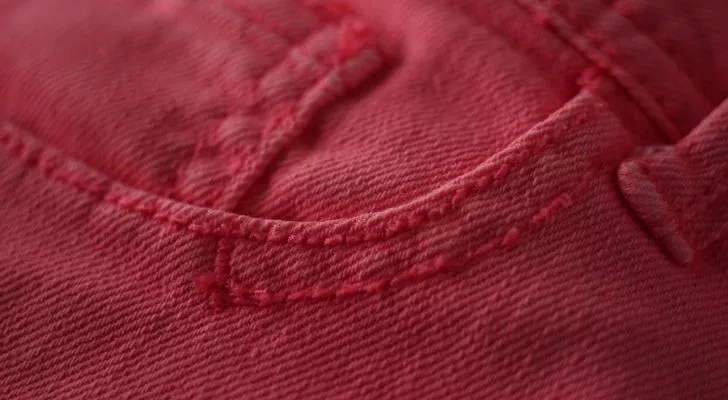
Another cause for the lack of pockets in women’s clothing is derived from the thought that women’s garments needed to be slim.
Also that pockets added unnecessary fabric and therefore taking away from the typical slim feminine silhouette expected.
Society began to take notice again of the inconvenient dilemma that had been put on women once jeans began coming into style.
Jeans altered the mindset that people had about pockets in clothing.
With the durability that the denim garment provided, people began realizing the benefits of large pockets and how we view them today.
Pocket sizes today.
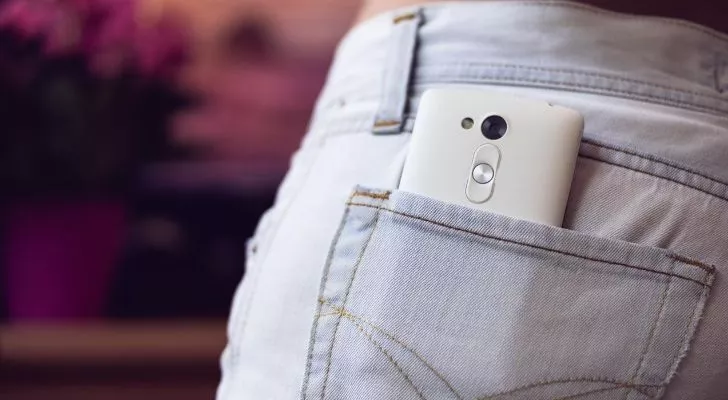
A study done by Pudding, measured 80 pairs of blue jeans with a 32-inch waistband, from some of the world’s largest retailers.
The study shows that in comparison to men’s pockets, women’s pockets are 6.5% narrower and an entire 48% shorter.
This studied also measured back pockets which still showed a small difference.
With an average of 5% shorter, but not as significant as the front pockets.
What women can no longer fill their slim pockets with they now fill in their handbags.
